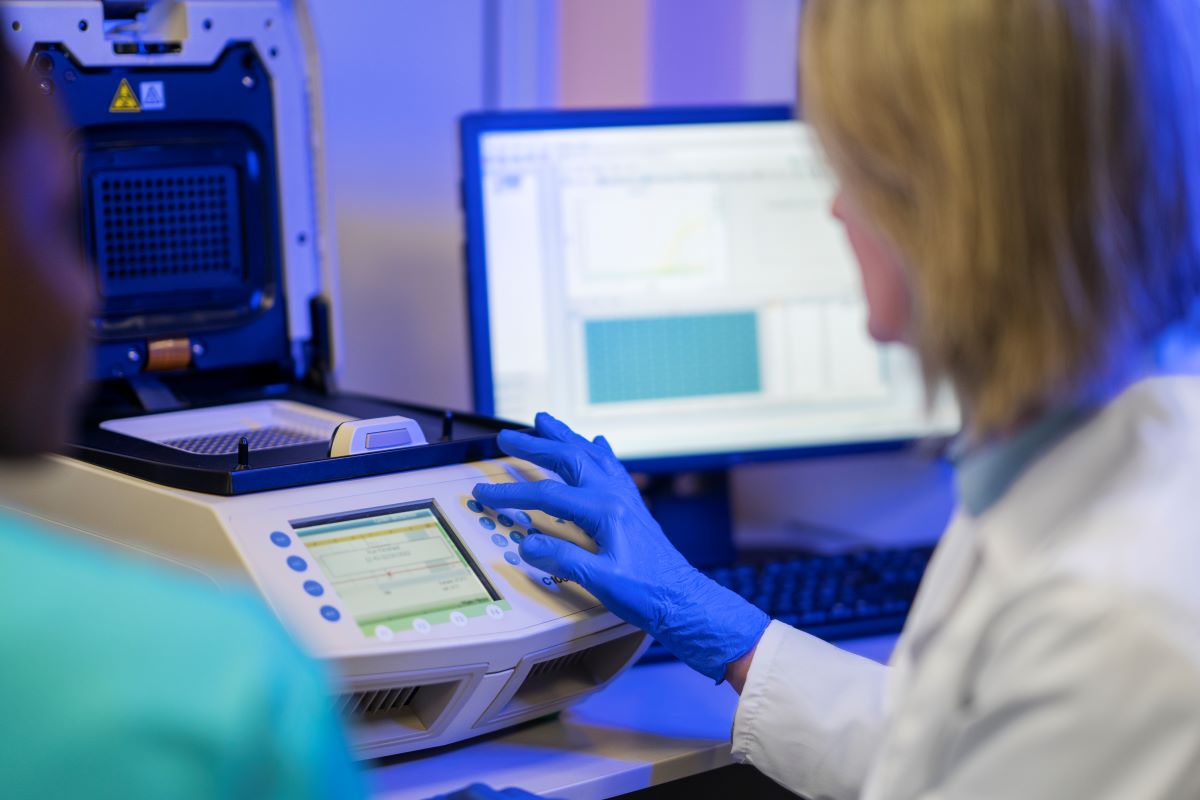
Smart Solutions for Medical Equipment: Exploring Software Advancements
What do we mean by medical equipment and its role?
Medical equipment plays a vital role in patient care, from diagnosis to surgery, and is indispensable to healthcare facilities worldwide. However, effectively monitoring and maintaining these gadgets has proven to be a constant struggle.
A revolutionary age has emerged from the convergence of healthcare’s growth and fast technical advancement. A new age in patient care, diagnosis, and treatment is emerging via the integration of cutting-edge software solutions with medical technology. We examine how these developments are affecting healthcare’s future in this blog article.
Smart software in medical equipment
Consider a situation in which medical gadgets are able to gather data and provide real-time analysis and interpretation. Smart software, which functions as the brains behind the devices, makes this feasible. Here’s how these software programs improve several facets of healthcare:
Data management and storage
One excellent illustration of how software has transformed data management is the use of Electronic Health Records (EHRs). Through streamlining patient data, they reduce mistakes, limit paperwork, and make it easily available to healthcare professionals.
Diagnostic accuracy
Software-driven medical devices, such as CT scanners and X-ray machines, use advanced algorithms to produce detailed images that aid in more accurate diagnoses. This enhances accuracy while also accelerating the diagnostic procedure.
Telemedicine
Software developments have played a major role in the growth of telemedicine platforms. Thanks to safe, user-friendly apps, patients may now consult with medical specialists from the comfort of their homes.
Remote monitoring
Healthcare practitioners can get data via wearable devices that are software-enabled, which allows for continuous monitoring of a patient’s vital signs. For managing chronic diseases, this real-time monitoring is important.
Treatment planning
Medical practitioners may create personalized treatment plans for patients, streamline care delivery, and reduce mistakes with the use of treatment planning software.
Advancements in medical imaging
The field of medical imaging is among the most important to gain from software improvements. Let us examine how this technology is influencing the state of healthcare.
3D and 4D imaging
More thorough pictures of the human body are now possible because of 3D and 4D imaging, which is replacing traditional 2D scans. This is particularly important when it comes to complicated procedures and prenatal care.
AI-powered radiology
Radiologists may spot anomalies more rapidly and correctly with the help of AI algorithms that analyze radiological pictures. This expedites the process of choosing a course of therapy and lowers the possibility of misdiagnosis.
Virtual reality and augmented reality
VR and AR are being utilized for patient education, medical education, and pre-operative planning. These immersive technologies improve our comprehension of intricate medical situations.
The impact on patient care
Enhancing patient care is the main objective of these software developments in medical devices. Here is how patients immediately benefit from these innovations:
Faster diagnoses
Diagnoses made quickly and accurately result in speedier treatment, which raises the likelihood of positive results.
Reduced costs
Simplified procedures and fewer mistakes lead to financial savings, improving healthcare accessibility for everybody.
Enhanced access
Patients living in rural locations or facing mobility challenges can obtain healthcare services more readily thanks to telemedicine and remote monitoring.
Personalized treatment
Care plans created specifically for each patient maximize healing and enhance the patient experience in general.
Challenges and considerations
Even if there are many advantages to software integration in medical equipment, there are particular difficulties and factors to take into account:
Data security
Ensuring the safety of patient data is critical. In order to stop breaches and protect sensitive data, strong cybersecurity measures are necessary.
Regulation compliance
To guarantee patient safety and data integrity, healthcare software must abide by stringent regulatory requirements.
Training and adoption
In order to use new technology in an efficient manner, healthcare personnel must get appropriate training. To realize the benefits of these advances, it is imperative to ensure their widespread acceptance.
Conclusion
Healthcare is undergoing a transformation because of the combination of smart software solutions and medical equipment. These advancements are changing the face of medicine, impacting everything from patient care and accessibility to diagnosis and treatment. As we proceed, it will be essential to accept these developments and deal with the related difficulties in order to collaborate and eventually give patients the best treatment possible.
The potential is endless as we embark on a path to create a healthcare system that is smarter and more efficient than before. We can offer better medical care as long as technology keeps developing, guaranteeing a healthier future for all.
